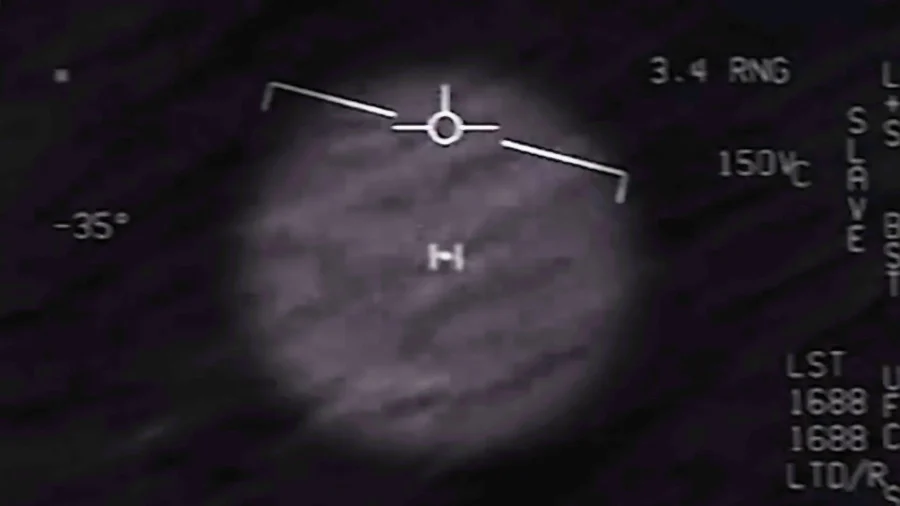The Pentagon lacks a coordinated and “overarching” approach to UFOs and may have missed national security threats, according to its internal watchdog.
An unclassified summary of a report from the Pentagon’s inspector general (IG) noted that the Department of Defense (DOD) lacks a “coordinated approach” to address unidentified anomalous phenomena (UAP), commonly known as UFOs.
The summary, released on Friday, relates to a report released last August that contained classified sections.
The IG’s probe found that different branches of the DOD, such as the military, defense agencies, and counterintelligence groups, each have their own distinct procedures for collecting, analyzing, and identifying UAP sightings.
The Pentagon has largely excluded the role of the regional “combatant commands” from policy development, according to the report released last August.
The lack of a “coordinated approach” and overarching UAP policy between these groups responsible for detecting and preventing potential threats against the United States may pose a threat to military forces and national security, according to the IG’s summary.
One significant concern raised by the IG is the potential threat to national security and flight safety.
The report “determined that the DoD has no overarching UAP policy and, as a result, it lacks assurance that national security and flight safety threats to the United States from UAP have been identified and mitigated.”
To address the issues identified in the report, DoD Inspector General Robert P. Storch made 11 recommendations to top military officials, including at the Army, Navy, and Air Force, the director of the All-Domain Anomaly Resolution Office, and the chairman of the Joint Chiefs of Staff.
One of the key recommendations is for the DoD to issue a comprehensive policy that integrates roles, responsibilities, requirements, and coordination procedures regarding UAP into existing intelligence, counterintelligence, and force protection policies and procedures. The goal is to establish a more cohesive and standardized approach across DoD components for dealing with UAP sightings.
The release of the unclassified summary aims to provide insight into the DoD’s actions regarding UAPs and to stimulate public awareness and discussion on this intriguing and potentially consequential matter.
The issue of UFOs gained renewed attention following a House hearing last July in which lawmakers criticized the Pentagon’s lack of transparency regarding their handling of reports of sightings. The hearing was prompted by claims made by David Grusch, a former intelligence official turned whistleblower.
Following the hearing, the IG’s full report, with classified sections, was delivered to Congress in August.
The whistleblower, Mr. Grusch, previously worked at both the National Geospatial-Intelligence Agency and the National Reconnaissance Office. He was also a member of the UAP Task Force from 2019 to 2021. During a congressional hearing, he disclosed that the US government has retrieved UFO vehicles and the non-human “biologics” of the pilots.
He told lawmakers at the hearing that the U.S. government has known about “non-human” activity for almost 100 years. He also accused the government of spreading false information to deny the existence of anomalous phenomena. The Pentagon denied these allegations.
The Pentagon has stated that there is no verifiable information to support claims “that any programs regarding the possession or reverse engineering of extraterrestrial materials have existed in the past or exist currently.”
Stressing the importance of transparency and public interest, the IG said the Pentagon released the unclassified summary on Friday.
“Given the significant public interest in how the DoD is addressing UAPs, we are releasing this unclassified summary to be as transparent as possible with the American people about our oversight work on this important issue,” said Mr. Storch in a statement.
UAPs have been sighted and reported by pilots and military personnel for years. Some are ultimately identified, and others remain unidentifiable, which has led to concern about security risks. Last October, the Pentagon created a secure form to report sightings.
From The Epoch Times


